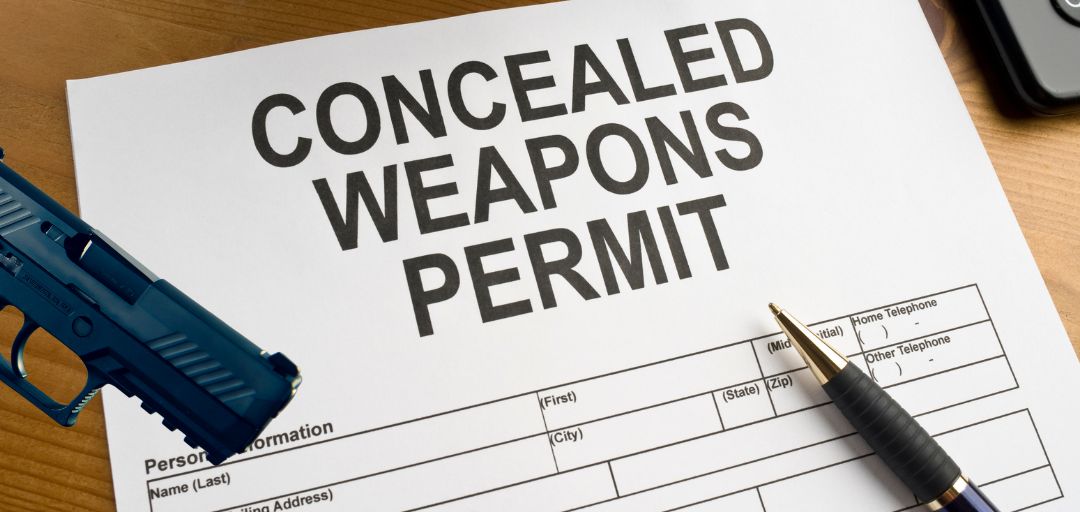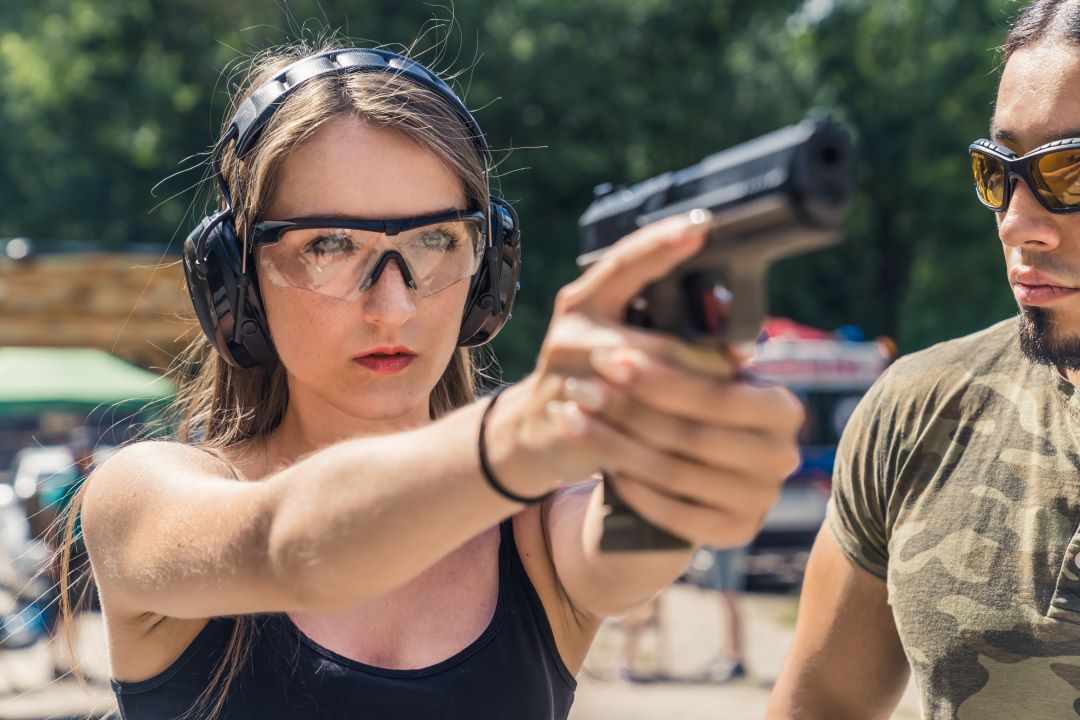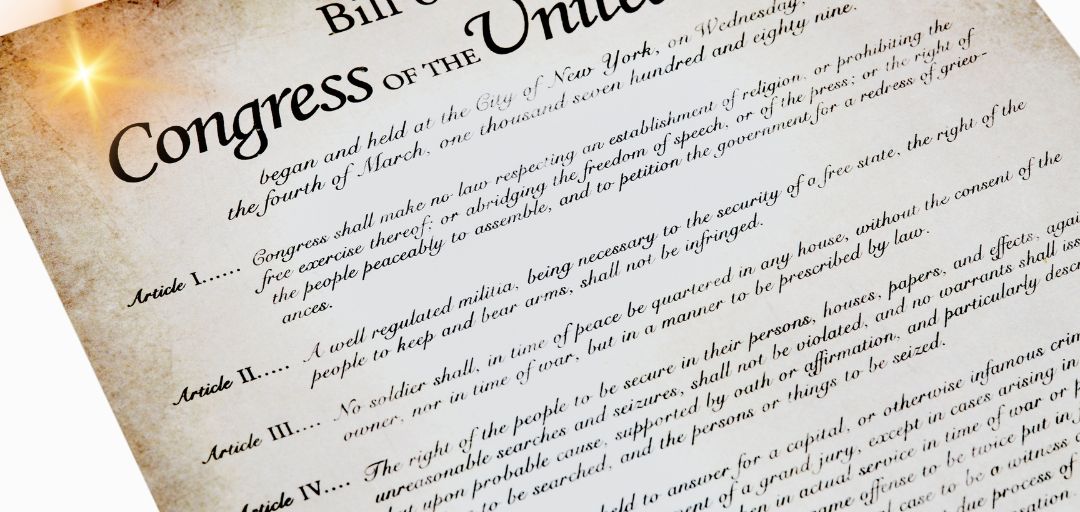For many people, obtaining a concealed carry permit is an essential step in enhancing personal protection and exercising Second Amendment rights. However, getting a concealed carry permit is not as simple as purchasing a firearm and tucking it away. It involves legal obligations, training, and thorough understanding of the responsibility that comes with carrying a concealed weapon. Whether you’re new to firearms or have been shooting for years, there are several important factors to consider before applying for your concealed carry permit.
This guide will walk you through everything you need to know before getting your concealed carry permit, from legal requirements to training, choosing the right equipment, and maintaining safety and responsibility.
1. Understanding Your State’s Laws on Concealed Carry
Before applying for your concealed carry permit, it is crucial to understand the laws and regulations surrounding concealed carry in your state. Each state has different rules governing who can carry, where you can carry, and the process for obtaining a permit.
Types of Concealed Carry States
- Shall-Issue States: In these states, the issuing authority must grant a concealed carry permit if you meet all the legal requirements (e.g., passing a background check and completing a training course). Most states fall under this category.
- May-Issue States: In these states, the issuing authority has discretion in whether or not to grant a permit, even if you meet the basic legal requirements. You may have to demonstrate a “good cause” to carry a concealed firearm.
- Permitless/Constitutional Carry States: In these states, no permit is required to carry a concealed firearm, as long as you are legally allowed to own a firearm. Examples include Arizona, Alaska, and Vermont.
It’s important to note that even if you live in a permitless carry state, you may still need a permit if you plan on carrying a firearm in another state that requires one.
For a state-by-state breakdown of concealed carry laws, visit https://www.usacarry.com.
2. Eligibility Requirements for a Concealed Carry Permit
Each state has its own set of eligibility requirements for obtaining a concealed carry permit, but there are several general qualifications that most states share. Common requirements include:
- Age Requirement: Most states require applicants to be at least 21 years old, though some states allow individuals 18 or older to apply if they are members of the military or law enforcement.
- Criminal Record: You will need to pass a background check, which typically disqualifies applicants with felony convictions, domestic violence charges, or certain misdemeanor offenses.
- Mental Health: States often require that applicants do not have a history of mental health issues that would make them a danger to themselves or others.
- Residency: Some states require you to be a resident to obtain a permit, while others offer non-resident permits.
- Training Requirements: Many states require you to complete a certified firearm safety or training course before applying for a permit.
3. The Training Process
Training is a crucial part of the concealed carry process. Carrying a concealed firearm is a serious responsibility, and thorough training ensures that you understand not only how to use your firearm safely, but also when and how it should be used in self-defense situations.
What to Expect in a Concealed Carry Course
A typical concealed carry course will cover several important topics, including:
- Firearm Safety: Understanding the basic principles of firearm safety is essential, including safe handling, storage, and transportation of your firearm.
- Legal Considerations: You’ll learn about the legal aspects of carrying a concealed firearm, including where you are allowed to carry, when the use of deadly force is justified, and your legal responsibilities as a gun owner.
- Shooting Fundamentals: In most concealed carry courses, you’ll get hands-on experience with firing your firearm at a shooting range. You’ll learn how to properly aim, grip, and shoot with accuracy.
- Drawing from a Holster: Since concealed carry often involves drawing your firearm from a holster, many courses will teach you how to do so safely and efficiently.
The importance of regular practice cannot be overstated. Once you’ve completed your initial training, it’s essential to continue practicing your shooting skills, especially drawing and firing from a concealed carry holster. For shooting targets that will enhance your accuracy and practice, check out https://gogunzee.com/products/anatomical-shooting-targets.
4. Choosing the Right Firearm for Concealed Carry
Choosing the right firearm is one of the most important decisions you’ll make when preparing for concealed carry. Not all firearms are suitable for concealed carry, and selecting the right one depends on several factors, including your level of experience, body type, and how you intend to carry your firearm.
Factors to Consider When Choosing a Firearm:
- Size and Weight: You’ll want to choose a firearm that is easy to conceal but not so small that it’s uncomfortable to shoot. Subcompact and compact handguns are popular choices for concealed carry because they strike a good balance between concealability and firepower.
- Caliber: 9mm handguns are among the most popular for concealed carry due to their manageable recoil and stopping power. Other common calibers include .380 ACP and .45 ACP, though each comes with its own advantages and disadvantages.
- Comfort: Comfort is key when carrying a firearm on your person for long periods. Make sure to handle and test different models before making your decision.
For a selection of holster pads that can make carrying your firearm more comfortable, visit https://gogunzee.com/collections/iwb-holster-pads-classic-series.
5. Selecting the Right Concealed Carry Holster
Your holster is just as important as your firearm when it comes to concealed carry. A poorly chosen holster can lead to discomfort, difficulty drawing your firearm, or even dangerous situations. When selecting a holster, consider the following factors:
Types of Holsters:
- Inside-the-Waistband (IWB) Holsters: These holsters are worn inside your waistband, allowing your firearm to stay close to your body. IWB holsters are popular because they offer excellent concealment, though they may be uncomfortable for some individuals.
- Outside-the-Waistband (OWB) Holsters: These holsters are worn on the outside of your waistband and are typically more comfortable, but they offer less concealment.
- Belly Band Holsters: Belly band holsters are versatile and can be worn in a variety of positions, making them a good option for people who prefer flexibility in their carrying method.
- Ankle Holsters: These holsters are worn around your ankle and are great for carrying backup firearms, though they are less accessible than other holsters.
For more information on choosing the best holster for your lifestyle, check out https://gogunzee.com/collections/iwb-holster-pads-classic-series.
6. Understanding the Responsibility of Concealed Carry
Carrying a concealed firearm is a significant responsibility, and it’s important to understand the moral, ethical, and legal obligations that come with it.
Situational Awareness
When you carry a concealed firearm, you must always be aware of your surroundings. This heightened awareness can help you avoid dangerous situations or recognize threats before they escalate. Many concealed carry experts recommend practicing “situational awareness,” which involves staying alert and attentive to potential risks while going about your daily life.
The Use of Force
Using a firearm for self-defense is a last resort, and it’s crucial to understand when it is legally and ethically appropriate to do so. Most states have laws governing the use of deadly force in self-defense situations, and it’s important to familiarize yourself with these laws before carrying a firearm. In many cases, the use of force is only justified if you reasonably believe that your life or the life of another person is in imminent danger.
For more on concealed carry laws and the use of force, visit https://www.usacarry.com.
7. Concealed Carry in Everyday Life
Once you’ve obtained your concealed carry permit, it’s important to consider how carrying a firearm will impact your daily life. Whether you’re at work, running errands, or traveling, you’ll need to make adjustments to your routine to accommodate your concealed carry firearm.
Concealed Carry at Work
Some workplaces have policies prohibiting firearms, while others may allow concealed carry under certain conditions. Before carrying your firearm at work, make sure to review your company’s policies and consult with your employer if necessary.
Traveling with a Concealed Firearm
If you plan to travel with your firearm, you’ll need to research the laws of the states or countries you’ll be visiting. Some states honor concealed carry permits from other states, while others have stricter regulations. You’ll also need to know the rules for transporting firearms by car or airplane.
Concealed Carry in Public Places
Many states have restrictions on carrying firearms in certain public places, such as schools, government buildings, and private businesses. Be sure to familiarize yourself with these restrictions to avoid accidentally violating the law.
Conclusion
Getting your concealed carry permit is a significant step toward protecting yourself and those around you, but it comes with great responsibility. From understanding your state’s laws to selecting the right firearm and holster, there are many important decisions to make before you begin carrying a concealed firearm. With the right training, preparation, and mindset, you can carry safely and confidently.
For more concealed carry gear, accessories, and training resources, visit https://gogunzee.com. Stay safe, stay prepared, and carry responsibly!



